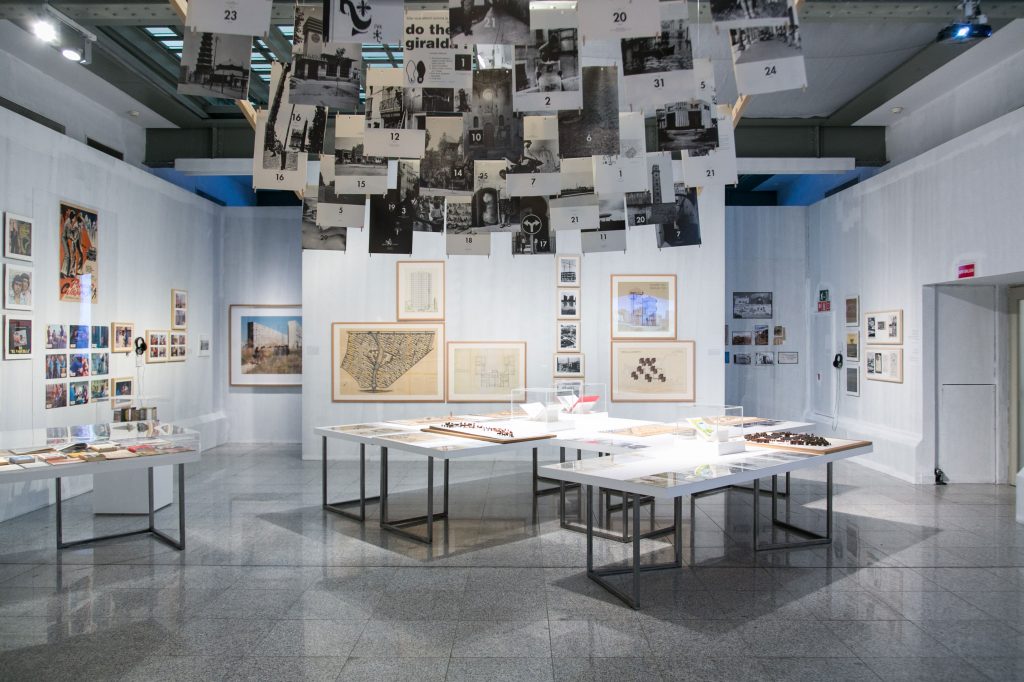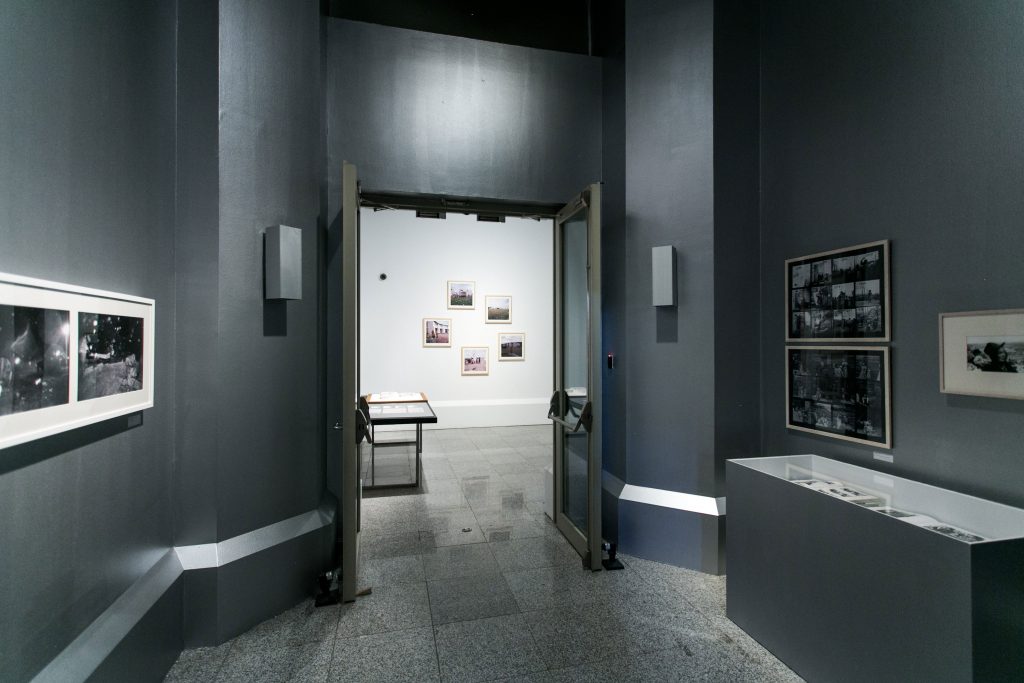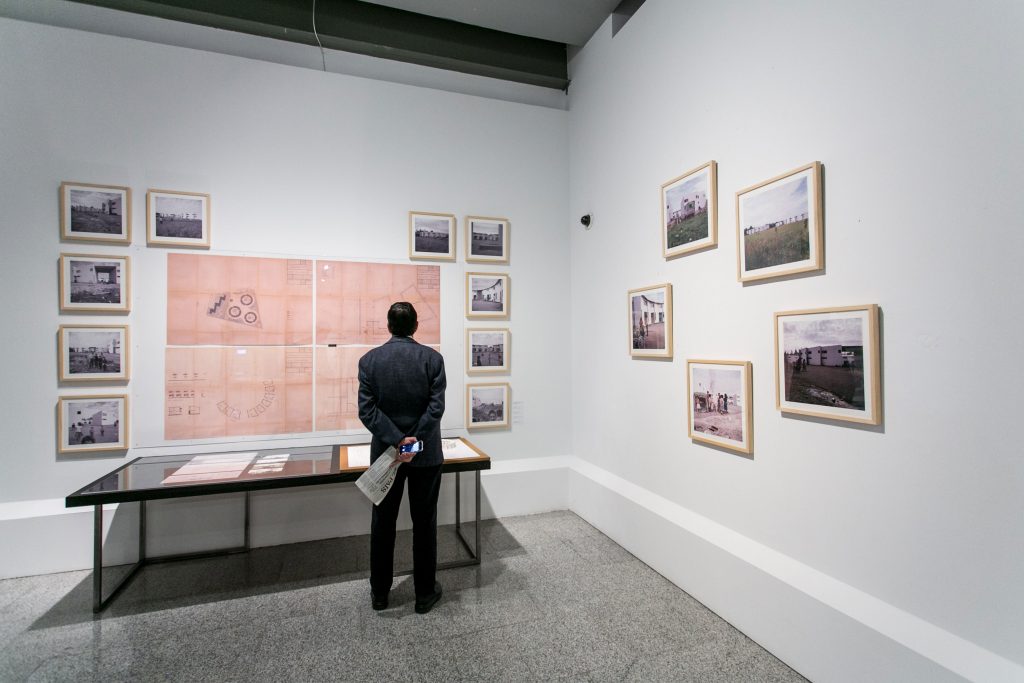Machines for Living. Flamenco and Architecture in the Occupation and Eviction of Spaces
A project by Pedro G. Romero and María García Ruiz produced by BNV Producciones within the Plataforma Independiente de Estudios Flamencos Modernos y Contemporáneos (PIE.FMC).
CentroCentro Cibeles de Cultura y Ciudadanía of Madrid (20th October 2017 – 4th February 2018) and La Virreina Centre de la Imatge of Barcelone (23rd February 2018 – 20th May 2018).

This project traces historical genealogy of the ways of situating; oneself in the modern space, architecture and urbanism, developed between the middle of the 20th century and the present day. Our era has turned living intoan administered manner of dwelling. This formula needsturning back to front to make living a political mode of dwelling in the world.
Machines for Living. Flamenco and Architecture in the Occupation and Eviction of Spaces takes its title from a comment made by Federico García Lorca to Manuel de Falla, recorded in Arquitectura del cante jondo (circa 1932), when the two of them were walking down a street in Granada and suddenly heard an old cante song, a voice and a guitar playing, issuing from within a house. As they peered in through the window, they saw “a white, aseptic room without a single picture, just like a machine for living in by the architect Corbusier”.
Lorca was applying here to the home of a flamenco singer Le Corbusier’s famous notion of the machine à habiter, associating in a free, debatable and even colonialist manner the functionalism of the modern home with the enforced austerity of the dwelling of a poor man.
Nevertheless, it is in the distinction drawn by the poet between the meanings of living and living in, between natural and political life, between zoe and bios, that this project resides. The gap in these meanings provides fertile territory for tracing a historical genealogy of the ways of situating oneself in the domestic space, architecture and urbanism, exploring those reinventions of the circulatory flows, mobility and flânerie that began in the second half of the 20th century and which have developed in a complex manner in the present.
Using dances, pieces of music, actions, set designs, paintings, films, photos and documents, the exhibition presents a space-time adjustment between three different fields of production, three ways of understanding the territory, the city and the home, described under the epigraphs of Radical Space, Social Space and Theatre Space, all preceded by a Preface.
Our era is perhaps the one that has turned living into an administered form of living-in. This formula needs turning back to front to make living a political mode of living in the world. Or rather, we need to comprehend once again that that which separates living and living-in is something invisible, undoubtedly intangible, something that slips away from us between the various rooms and successive spaces: that which is lost. What is lost is sung. That is the living that we beckon to us and from which we would like to learn.


Pictures: Lukasz Michalak